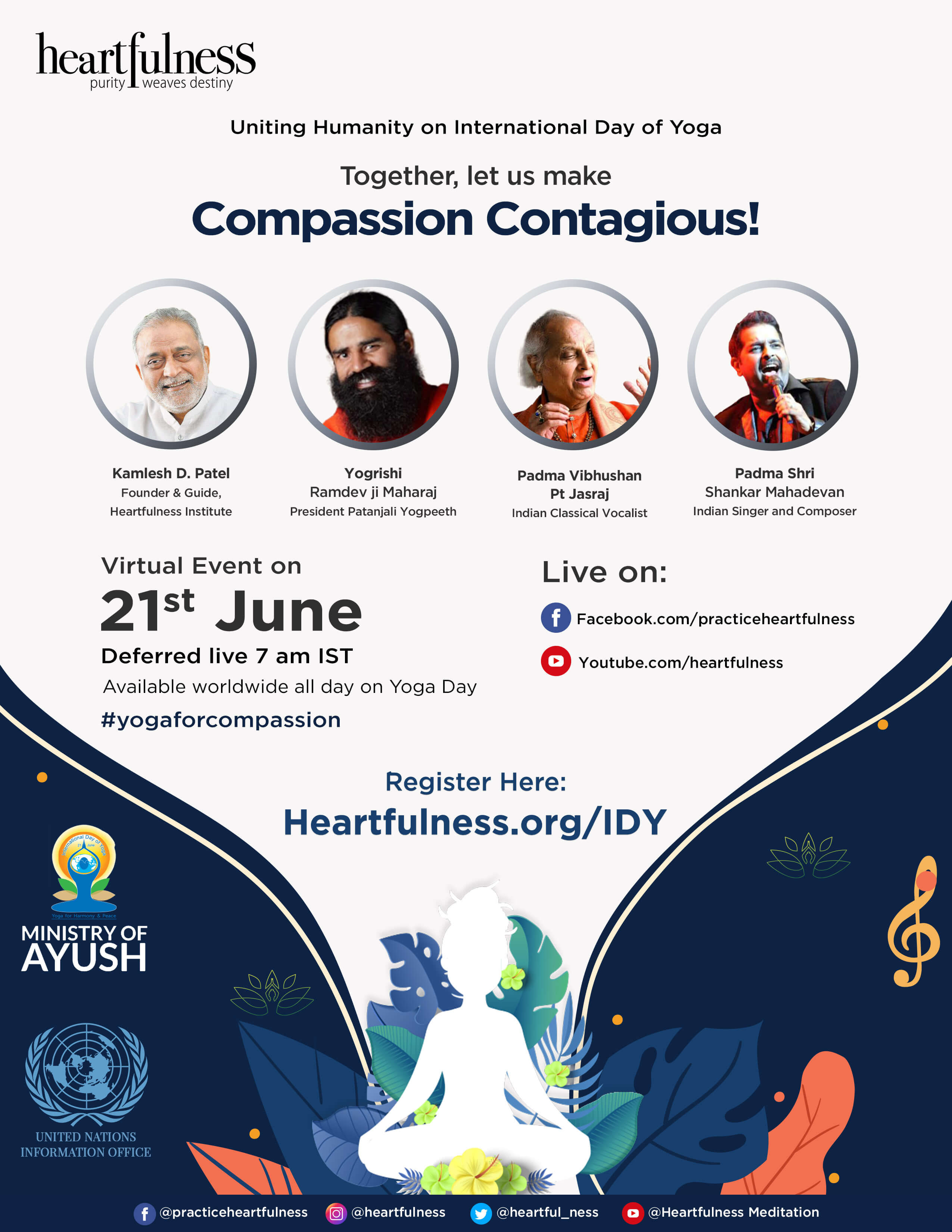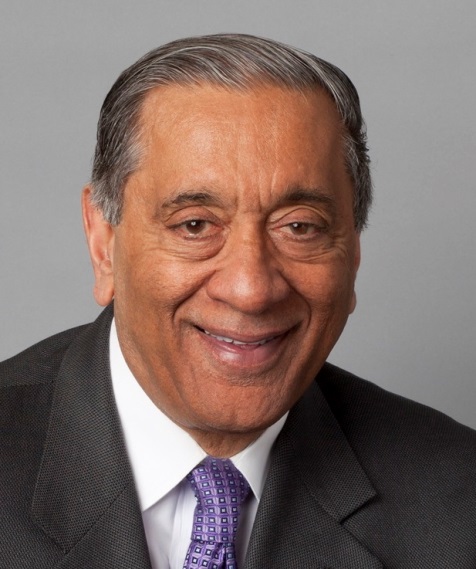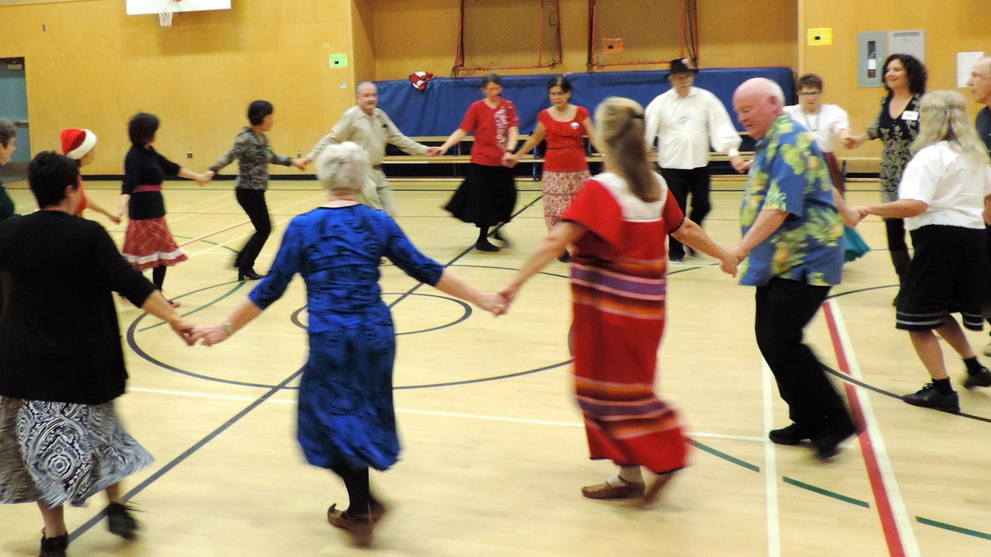DESIBUZZCanada
Events Listings
Dummy Post

International Day Of Yoga To Be Virtually Celebrated Saturday At 4pm

CANCELLED: Coronavirus Fears Kills Surrey’s Vaisakhi Day Parade

ADVERTISE WITH US: DESIBUZZCanada Is The Most Read South Asian Publication Online

SURREY LIBRARIES: Get Technology Help At Surrey Libraries

WALLY OPPAL: Surrey Police Transition Update On Feb. 26

GONE ARE THE DAYS - Feature Documentary Trailer

Technology Help At Surrey Libraries

Birding Walks

Plea Poetry/short Story : Youth Contest

International Folk Dancing Drop-in Sessions
Dr. B.R. Ambedkar Started What Became Known As The Dalit Neo-Buddhist Movement
- October 24, 2020


By Zile Singh
In any society, in addition to physical freedom, everyone likes the freedom of conscience. Dr. Ambedkar’s conversion was a turning point in the Indian religious history when Dr. Ambedkar, a literary genius, an eminent educationist, a political philosopher and a competent parliamentarian turned Bodhi from a Hindu. But why he discarded his ages-old ancestral religion? One can find an answer to this question by studying the Varna Ashram Dharma of Hindu religion, according to which the society was divided into four distinct categories on account of their birth, never to mix with each other come what may. The fourth and the last category called ‘Shudras or Untouchables’ comprises human beings who were treated worse than the animals. “Never open the doors to a Shudra but happily invite a deadly beast in to domesticate, patronise and worship it” was the practice. The compartmentalization of society did not leave any choice of action for the lowest class. All social, political, religious, educational, economical and physical avenues were denied to them. They were treated as ‘despised servants-at-a-distance’. They were quarantined to live in ghettos. In such terrible conditions of psychic and physical trauma and stress, in 1935 Dr. Ambedkar took a decision and declared “I was born Hindu but will not die as a Hindu.”
The Dalit Buddhist Movement also known as Neo-Buddhist Movement is a socio-political movement started by Dr. B.R. Ambedkar. It is a new school of Buddhism called Navayana (new vehicle). The movement was launched on October 14, 1956, when nearly half a million Dalits – formerly Untouchables – joined him in the conversion ceremony at Nagpur in Maharashtra. Ambedkar was born a Dalit, in Mahar caste. He saw the Buddha as a radical social and religious reformer who created an outlet from the rigid Hindu ritualistic and caste system. Ambedkar rejected not only the Hinduism and its caste system but also differed from the traditional Theravada, Mahayana and Vajrayana Buddhism. Ambedkar’s “The Buddha and His Dhamma” is the holy book of Navayana Buddhism. Unfortunately, just seven weeks after his conversion he died on December 6, 1956. Some excerpts from his speech on the occasion of his conversion are reproduced below.
“Conversion is not a children's game. It is not a subject of entertainment. It deals with how to make man's life successful. Just as a boatman has to make all necessary preparation before he starts on a voyage, so also we have to make such preparation. Without preparation, it will be impossible to reach the other shore.

There are two aspects of conversion: social as well as religious, material as well as spiritual. Whatever may be the aspect or line of thinking, it is necessary to understand at the beginning of the nature of Untouchability and how it is practiced. Without this understanding, you will not be able to realize the real meaning underlying my declaration of Conversion. In order to have a clear understanding of the problem of Untouchability and its practice in real life, I would want you to recall the stories of atrocities perpetrated against you.
If whatever I have described above is correct, then you will have to agree with the conclusion that follows. The conclusion is: if you depend upon your own strength, you will never be able to face the tyranny of the Hindus. I have no doubt that you are oppressed because you have no strength. It is not that you alone are in a minority. The Muslims are equally small in number. Like Mahar-Mangs, they too have few houses in the village. But no one dares to trouble the Muslims, while you are always a victim of tyranny. Why is this so? Though there are two houses of Muslims in the village, nobody dares to harm them, while the whole village practices tyranny against you though you have about ten houses. Why does this happen? This is a very pertinent question, and you will have to find a suitable answer to this….”

Today, Dalits make up nearly 16 percent of the Indian population. The majority of them are angry as well as hungry because of the ongoing discrimination and mistreatment meted out to them in society. The affirmative action enshrined in the Indian Constitution has paved a great way to uplift a small number of Dalits from different walks of life. Still more needs to be done to bring them to a fair level. Lately, Dalit anger, assertion and exertion—which manifest in regular protests, strikes, and social media furor—stand to make a major impact. Therefore, the so-called low-caste Indians are continuing to find an appeal in Ambedkar’s message to ‘educate, agitate and organize’ and also to find solace in Buddhism.
In its focus on caste-based inequality, Ambedkarite Buddhism shares concerns of the historical Buddha, the prince whose groundbreaking rejection of Hindu castes, the Vedas, and Vedic rituals spurred his philosophical journey. But Ambedkarite Navayana diverges from the mainstream Buddhist schools, like Theravada and Mahayana which have developed over the past two millennia. Ambedkar summarily dismissed everything from the Four Noble Truths to meditation to the doctrine of rebirth, deeming them non-canonical interpretations that arose after Buddha’s lifetime. The Buddha was more concerned with people’s suffering.
One of the greatest novelists of psychology in world literature, Dostoevsky said, “There is only one thing that I dread: not to be worthy of my sufferings.” In this respect, Dr. Ambedkar realized his sufferings and sought a genuine inner freedom through conversion to Buddhism.

Zile Singh is a well respected Columnist, Writer, a Vipassana Meditator and has a Post-Graduate Diploma in Human Rights. He can be reached at zsnirwal@yahoo.ca












